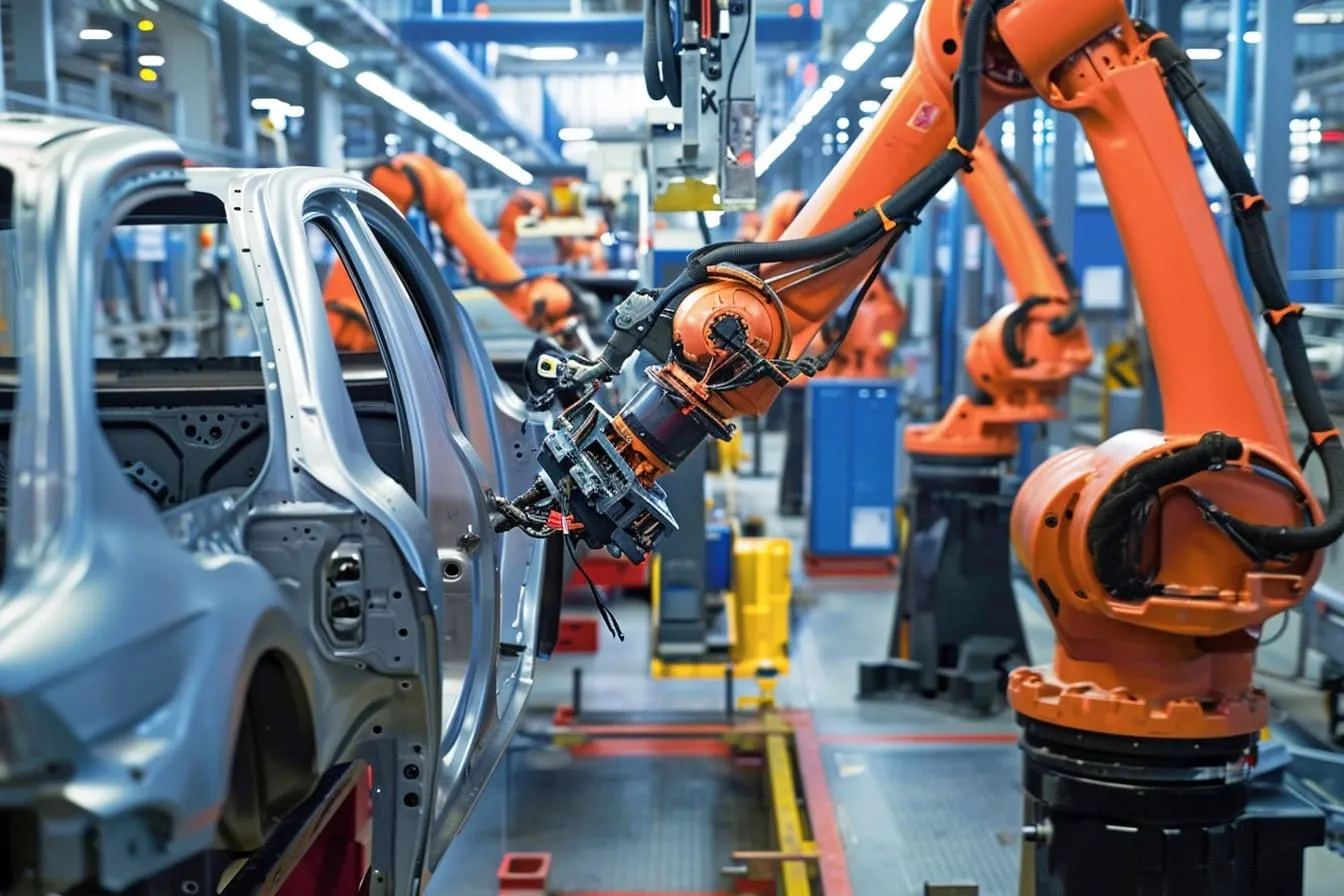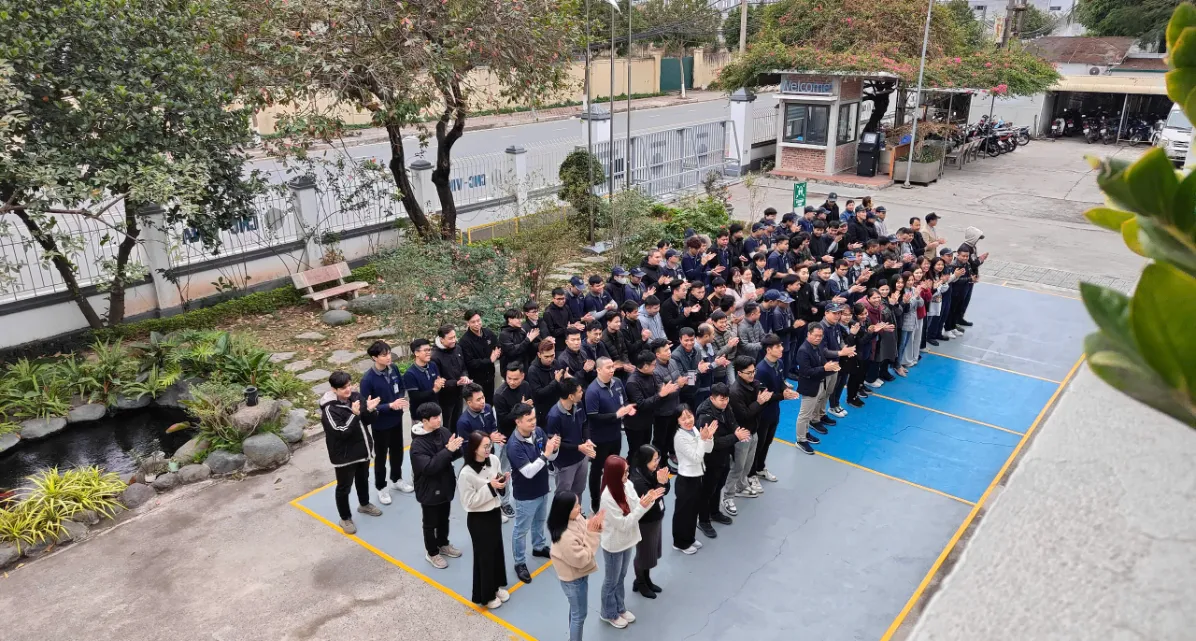Metal pressing is a crucial process in many industries, especially in automotive, motorcycle manufacturing, electronics, and precision engineering. This machining method uses dies and pressing force to shape products according to specific requirements. However, during the pressing process, several defects may occur, which can affect product quality, lead to material waste, and reduce production efficiency.
So, what are the common pressing defects that can occur during operation, and how can they be resolved? Let's explore these questions together with PWP Solution in the article below!
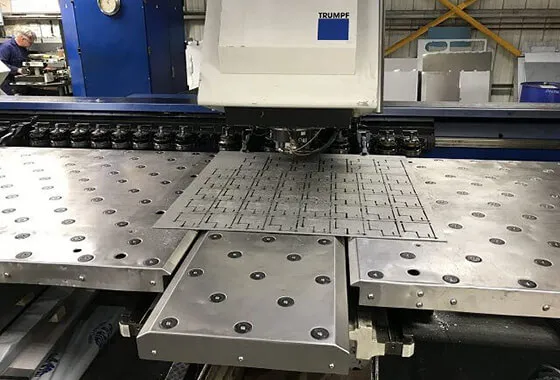
One of the most frequent problems in metal pressing is poor product quality. This can lead to cracking, surface scratches, deformation,... Causes may include inappropriate pressing force, incorrect material selection, or poor die maintenance.
Pressing parts with surface scratches: The machine does not properly contact the product during cutting, or operators handle it carelessly.
Deformed parts: Misalignment due to incorrect die setup.
Metal parts not matching required dimensions: Uneven or insufficient pressing force.
Pressing parts with excessive burrs: Improper adjustment of die clearance.
Tool wear is a common issue in metal pressing. Frequent use and long operating hours can cause significant wear, affecting product quality. Therefore, during die operation, proper maintenance is essential to prevent damage and ensure product integrity.
Using unsuitable materials can also lead to poor pressing quality, increased tool wear and die damage. Proper material selection is crucial for optimal performance.
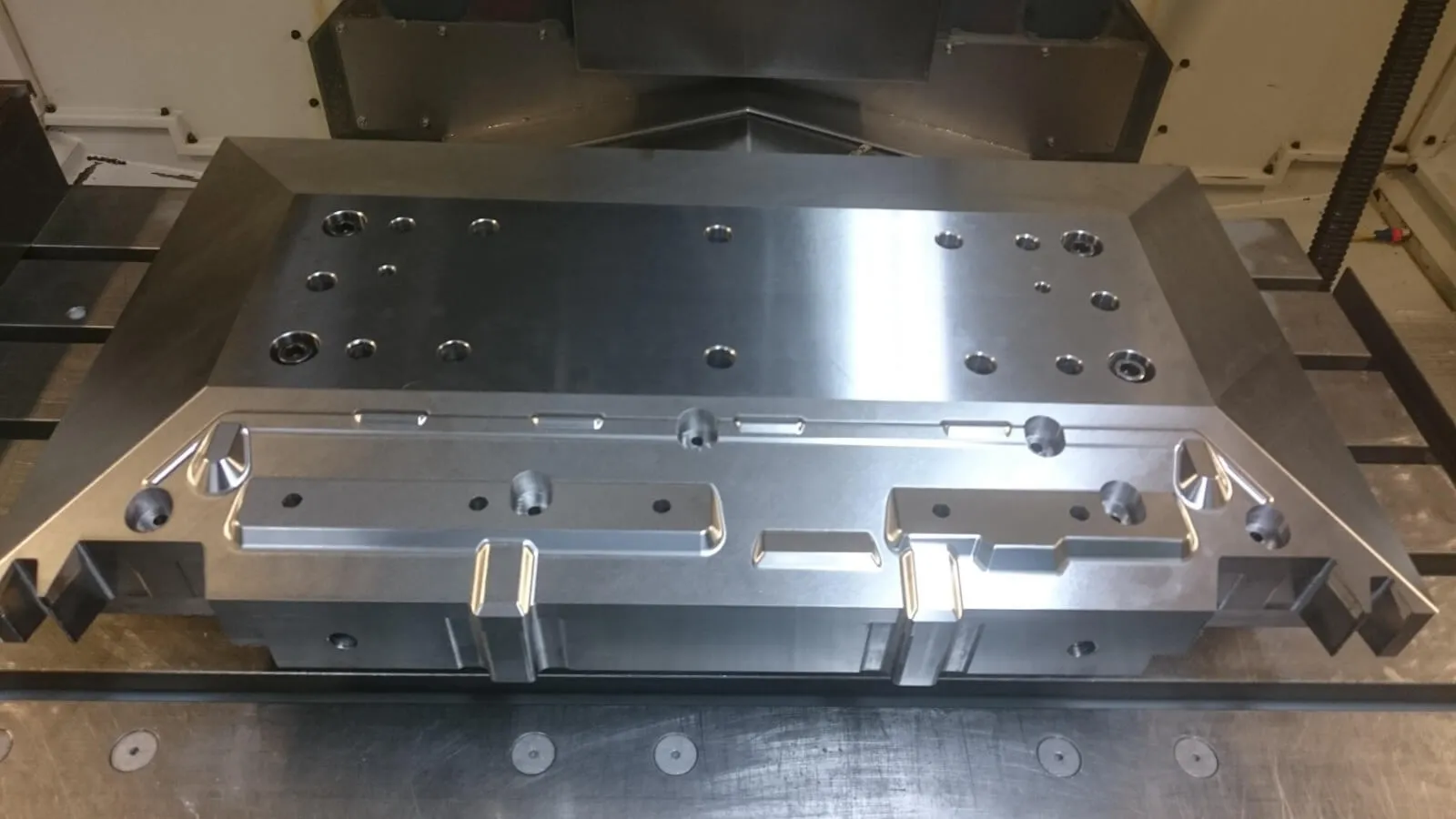
In the metal pressing process, the design of tools (including dies, clamps, and guiding systems) plays a crucial role in ensuring product quality. Poor tool design can lead to serious defects, reduced accuracy, increased scrap rate, and decreased production efficiency.
Improper maintenance can shorten die lifespan, increase investment costs, and affect product quality. Regular and proper maintenance is essential to prolong tool life and maintain high production standards.
Incorrect force settings can have serious consequences. If the pressing force is insufficient, the product may not meet quality standards. On the other hand, excessive force can cause deformation or die damage.
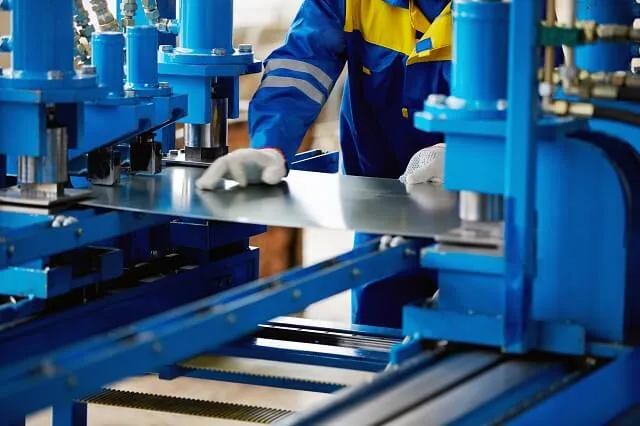
Appropriate force control ensures both product and die longevity while maintaining precision.
Choosing the right die materials improves durability, enhances product quality, reduces maintenance costs and boosts production efficiency. Using high - quality tool steels or special alloys ensures stability, accuracy, and longer tool life.
Routine maintenance significantly impacts die performance and production efficiency. Without proper care, dies may wear quickly, cause pressing defects and degrade product quality.
Defects in the pressing process can severely impact both quality and production performance. Identifying and addressing these issues early helps businesses optimize workflows, minimize scrap rates, and improve output quality. By strictly controlling technical parameters, performing regular die maintenance and applying modern technologies, companies can ensure precision, efficiency, and high-quality standards in their pressing processes. We hope this article from PWP Solution has provided valuable insights into common issues in metal pressing.
